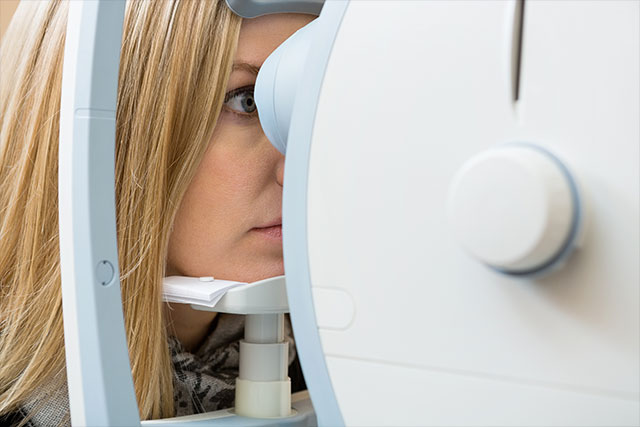Posted by: Eye Specialists of Mid Florida in Blog

Written by: Kelly McLain, O.D.
Board Certified Optometric Physician
Diabetic eye disease is a group of eye conditions that can affect those with diabetes. These eye conditions can include diabetic retinopathy, cataracts and glaucoma. Those with Type 1, Type 2, and gestational diabetes are all at risk for developing diabetic eye disease and this risk increases the longer a person has diabetes.
Diabetic retinopathy is when the tiny blood vessels in the back of the eye leak fluid or bleed. This complication can caused blurred or distorted vision. Cataracts are a clouding of the lens and many people notice blurred, hazy vision or glare while driving at night. The National Eye Institute reports that those with diabetes are two to five times more likely to develop cataracts and to develop them at a younger age than those without diabetes. Glaucoma affects the nerve in the back of the eye, the optic nerve. Damage to this nerve can cause a loss of one’s peripheral vision. The National Eye Institute reports that diabetes doubles the risk of developing glaucoma. While some may notice changes in their vision due to diabetic eye disease, many times individuals can have diabetic eye disease and not notice any changes in their vision.
It is essential for those with diabetes to get their eyes examined yearly because often early diabetic eye disease has no symptoms. The National Eye Institute states that early detection and treatment can reduce the risk of blindness from diabetic eye disease by 95 percent. It is vital to work closely with a primary care provider to maintain normal blood sugar levels and receive routine eye exams to prevent serious and even sight threatening complications from diabetic eye disease.
